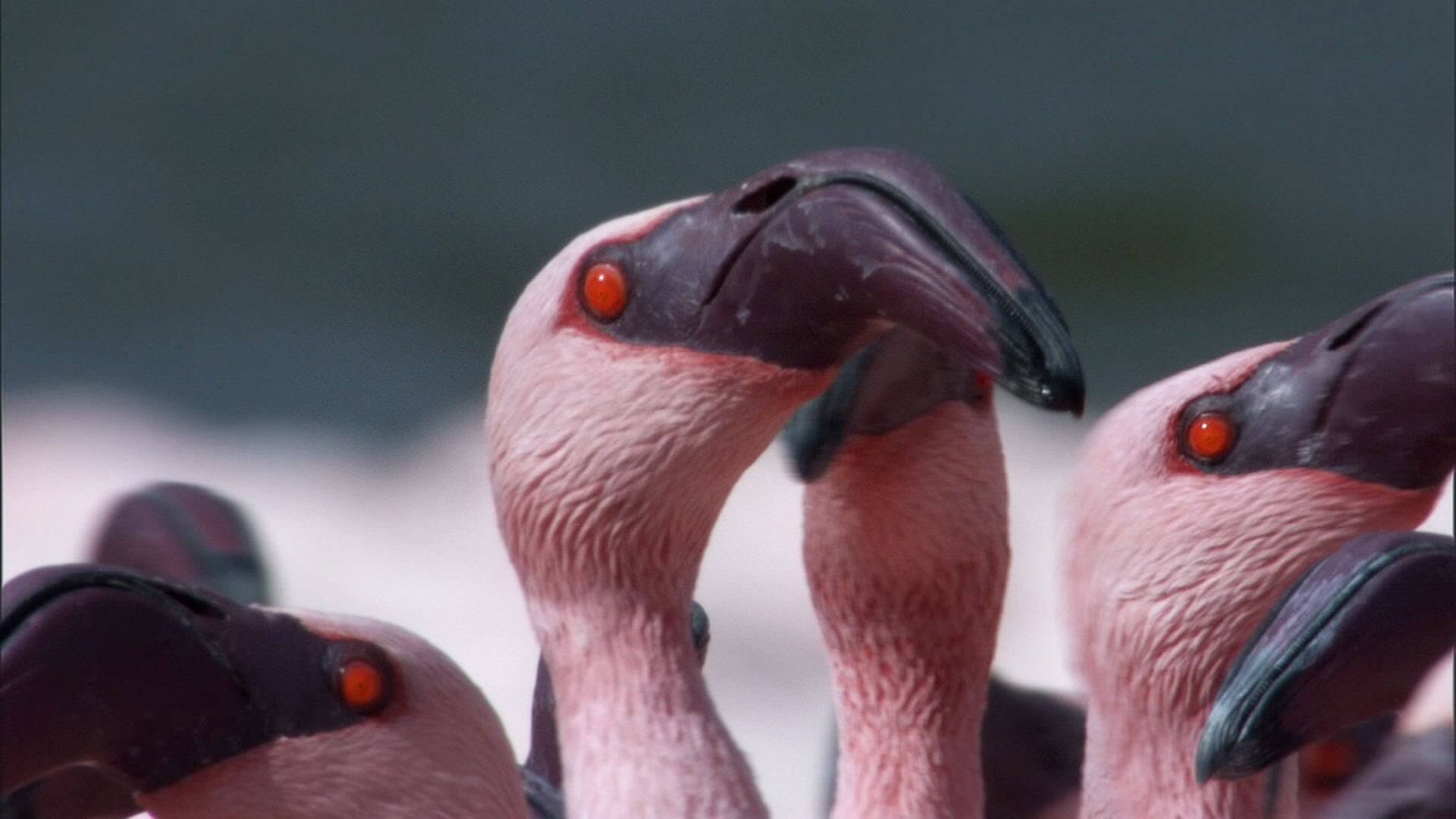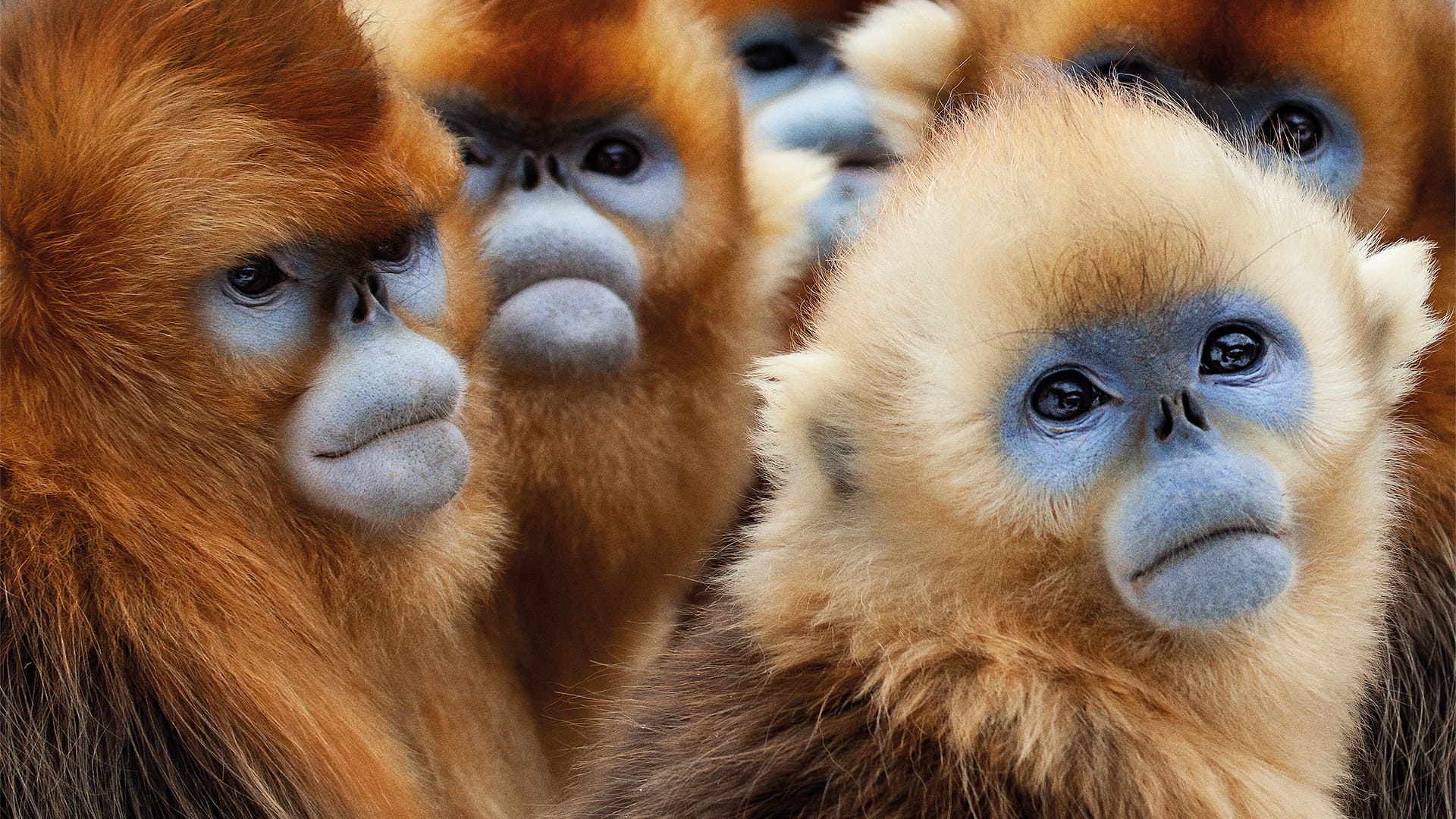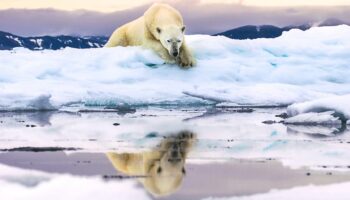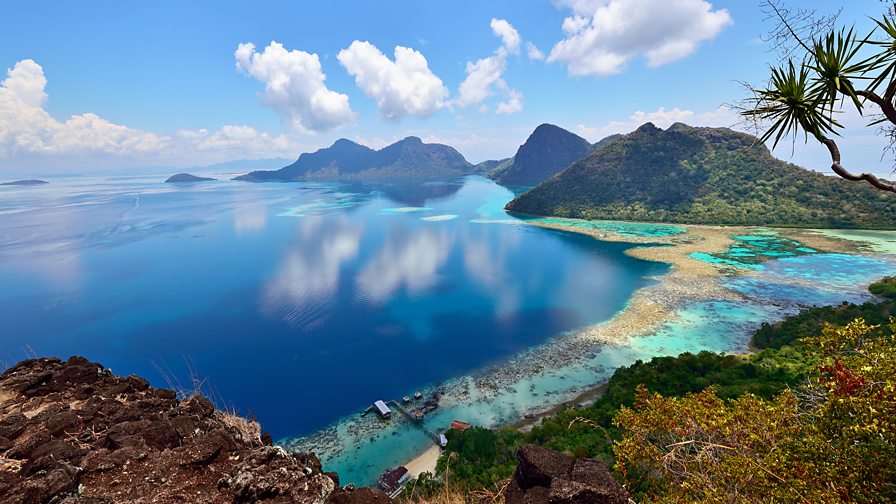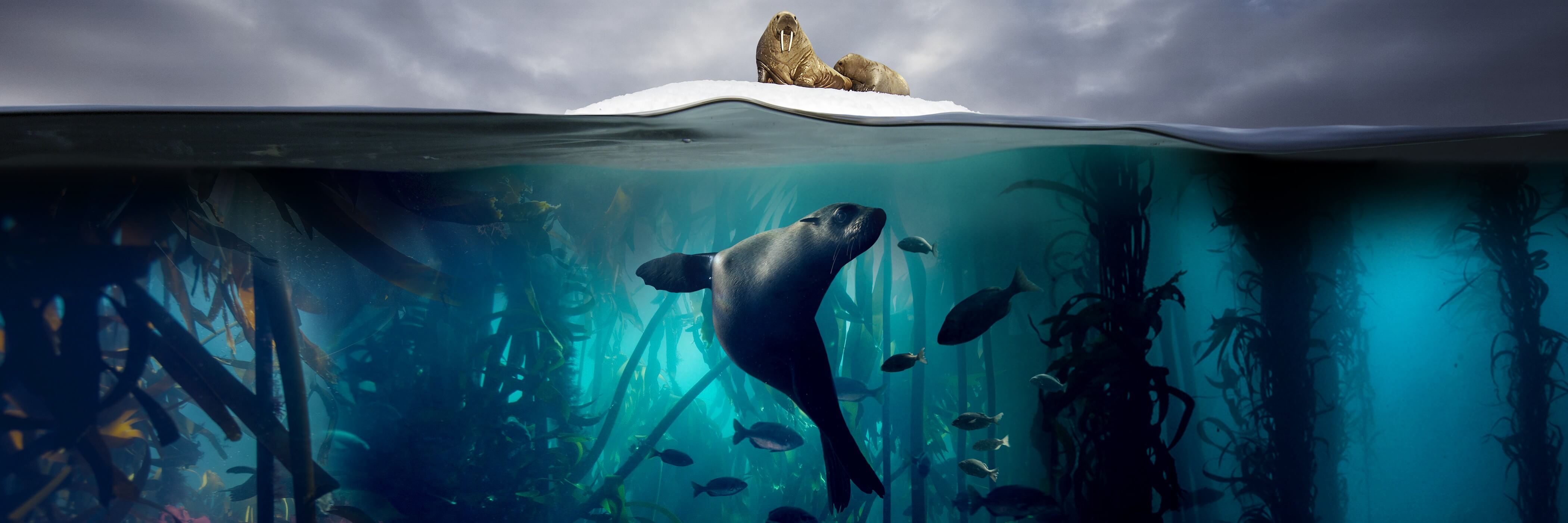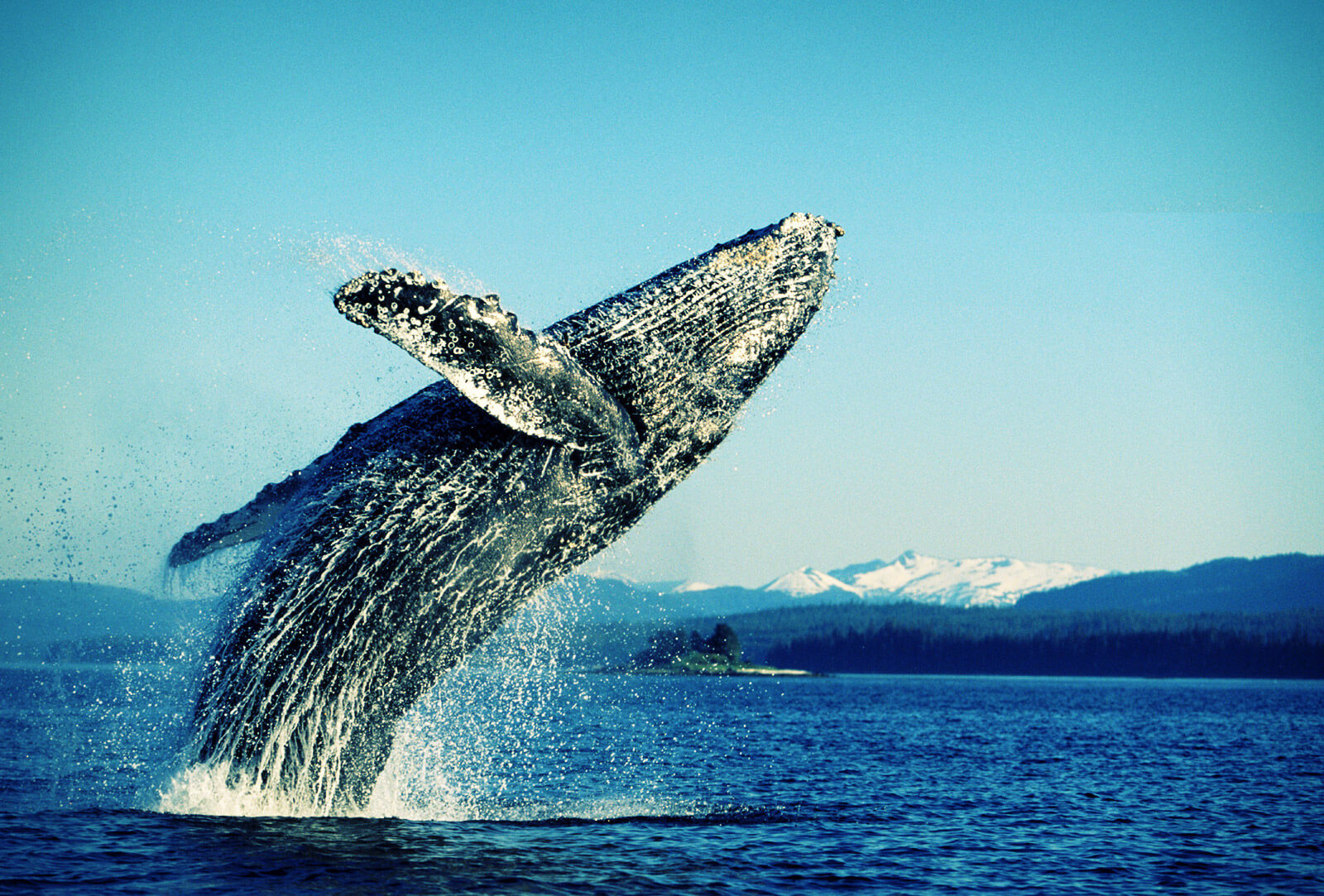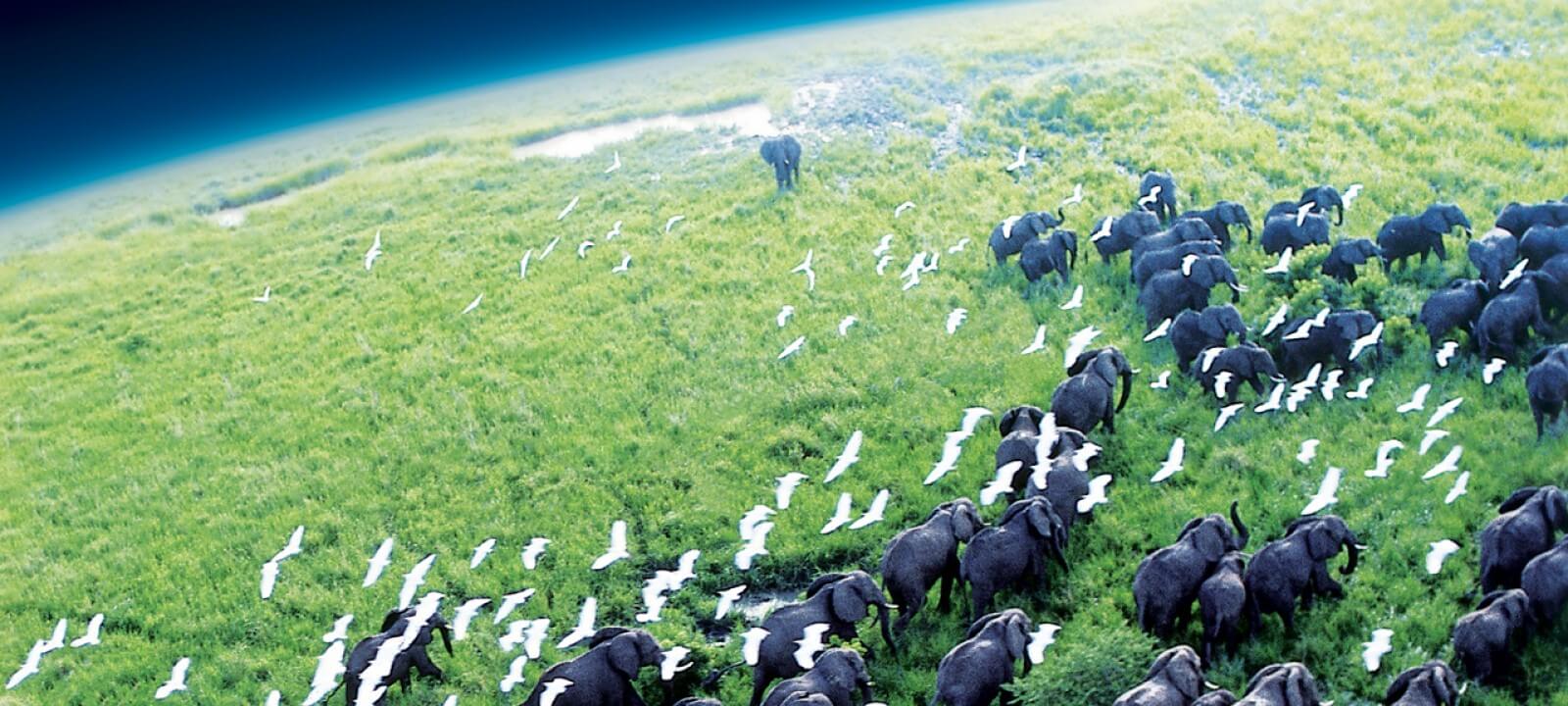description:
The Great Rift: Africa’s Wild Heart (released in the US as The Great Rift: Africa’s Greatest Story) is a British nature documentary series, which began airing on BBC Two on 24 January 2010. ABBC/Animal Planet co-production, the three-part series focuses on the landscape and wildlife of theGreat Rift Valley in East Africa.
The series received its US broadcast premiere in August 2010 on Animal Planet, where it was screened as a two-hour special under the shortened title Great Rift. Narration for both the BBC and Animal Planet versions was provided by Hugh Quarshie.
episodes:
Visible from space, Africa’s Great Rift Valley runs three thousand miles from the Red Sea to the mouth of the Zambezi. It’s a diverse terrain of erupting volcanoes, forest-clad mountains, spectacular valleys, rolling grasslands, huge lakes and mighty rivers, and is home to crocodiles, hippos, lions, elephants, flocks of flamingos and a diversity of indigenous peoples.
Using state-of-the-art high definition filming techniques, this series investigates the geological forces which shaped East Africa’s Great Rift, and which make it one of the world’s most wildlife-rich landscapes.
The valley is the product of deep-seated geological forces which have spewed out a line of cloud-wreathed volcanoes stretching from Ethiopia to Tanzania. Their peaks provide a refuge for East Africa’s most extraordinary wildlife, including newly discovered and previously unfilmed species which have evolved surprising survival strategies to cope with their challenging mountain environment.
Visible from space, Africa’s Great Rift Valley runs three thousand miles from the Red Sea to the mouth of the Zambezi. It’s a diverse terrain of erupting volcanoes, forest-clad mountains, spectacular valleys, rolling grasslands, huge lakes and mighty rivers, and is home to crocodiles, hippos, lions, elephants, flocks of flamingos and a diversity of indigenous peoples.
Using state-of-the-art high definition filming techniques, this series investigates the geological forces which shaped East Africa’s Great Rift and which make it one of the world’s most wildlife-rich landscapes.
The Great Rift Valley channels a huge diversity of waterways – rivers, lakes, waterfalls, caustic springs and coral seas – spanning from Egypt to Mozambique. Some lake and ocean deeps harbour previously unseen life-forms, while caustic waters challenge life to the extreme. But where volcanic minerals enrich the Great Rift’s waterways, they provide the most spectacular concentrations of birds, mammals and fish in all Africa.
Visible from space, Africa’s Great Rift Valley runs three thousand miles from the Red Sea to the mouth of the Zambezi. It’s a diverse terrain of erupting volcanoes, forest-clad mountains, spectacular valleys, rolling grasslands, huge lakes and mighty rivers, and is home to crocodiles, hippos, lions, elephants, flocks of flamingos and a diversity of indigenous peoples.
Using state-of-the-art high definition filming techniques, this series investigates the geological forces which shaped East Africa’s Great Rift and which make it one of the world’s most wildlife-rich landscapes.
The Great Rift Valley provides the stage for an epic battle between trees and grass – its course influenced by volcanic eruptions, landscape and rainfall. On its outcome rests the fate of Africa’s great game herds. In the Rift’s savannas, grazers and their predators struggle to outwit each other, forcing one group of primates to develop a social system that paved the way for the evolution of mankind.

